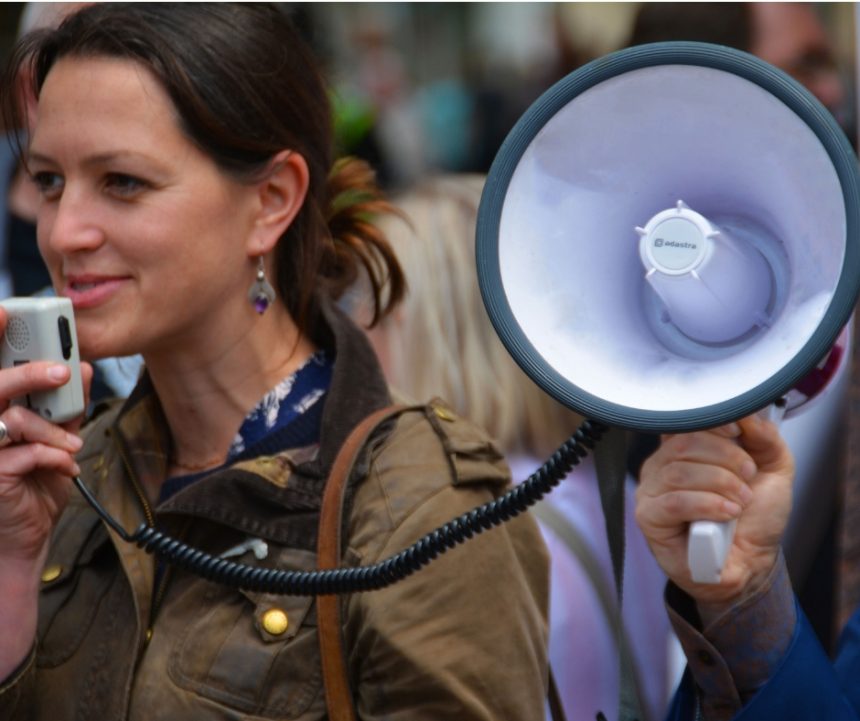It always amazes me when clients give me examples of music that they like, but that have nothing to do with what they want. Years ago, a Japanese record company asked me to produce a single for one of their artists, which was also to be used for a commercial in Japan. The song they played for me was “You Can’ t Hurry Love” by Diana Ross and the Supremes (later redone by Phil Collins). For those not familiar with it, it’s an uptempo Motown classic from the 1960s with a live rhythm section (of course) and horn arrangements.
After discussions with the client, I came up with a rough version of a new song with the same feel and tempo. They loved it, so I began production. The artist and the A&R representative from Japan were in the studio the whole time. I brought in background vocalists, played live bass and guitars, and even had a drummer do real toms and cymbals. A few minutes after recording the live horn section, I turned to them and asked, “So, what do you think?” They both seemed very excited and gave me the thumbs up. Then the A&R guy said to me, “Great — now all we need is the Arty Skye hip hop flavor.” “What are you talking about?” I asked.
He explained that they wanted exactly the same raw street sound that I had done for them on a remix of the artist’s last single, only different. More like “You Can’ t Hurry Love,” but a lot slower, with no horns or strings; instead with Cat sampled beats and no guitars. I asked him why he played me that song if the track they wanted was so different from it. His reply was that the vocal had “love” in the title. That’s what he wanted — something about “love.” After banging my head against the wall a few times, I sat down and asked questions. I was determined not to repeat the same mistake.
When you get commissioned to produce or write for someone, whether it be a commercial spot, background music, a record, or even a demo, good communication and an ultra-clear understanding of the client’s wishes can save you much time, money, and frustration (especially if there is a language barrier). You are also more likely to develop a repeat client, because you were able to give them exactly what they wanted.
There are a number of ways to get the information that you need from a client. The first and most obvious way is to listen to them closely. Let them describe what they want, and take notes. Then ask lots of questions regarding the musical direction they’ve described to you. Ask for specific examples of what they’re thinking about. Find out what artists and songs represent their idea, and what they like or dislike about them.
Listen to each song together. Have the client point out things about the track that got them excited about it in the first place. Is it the big, hard, distorted guitars. The hip-hop beats, or the percolating synths? What about the key or the tempo? One question that I’ve begun to ask lately is “If this song that you’re playing me now was the final, would you be satisfied?” Iʼm amazed by the
responses that I sometimes get. A minute before, theyʼre telling me itʼs too slow, too much guitar, they want bigger background vocals, etc.
When youʼre satisfied that you have a clear understanding of the direction, tell the client in detail your perception of the assignment, and how you plan on taking it further. Repeat it to the point of redundancy to make sure youʼre both on
the same page.
Sometimes clients want something completely original, or donʼt know what
they want until they hear it. I still find it helpful to pull out a few CDs and play
them examples of certain styles I might want to emulate while making the project
my own. Rule of thumb: Communication is always in the right key.



Leave a Reply